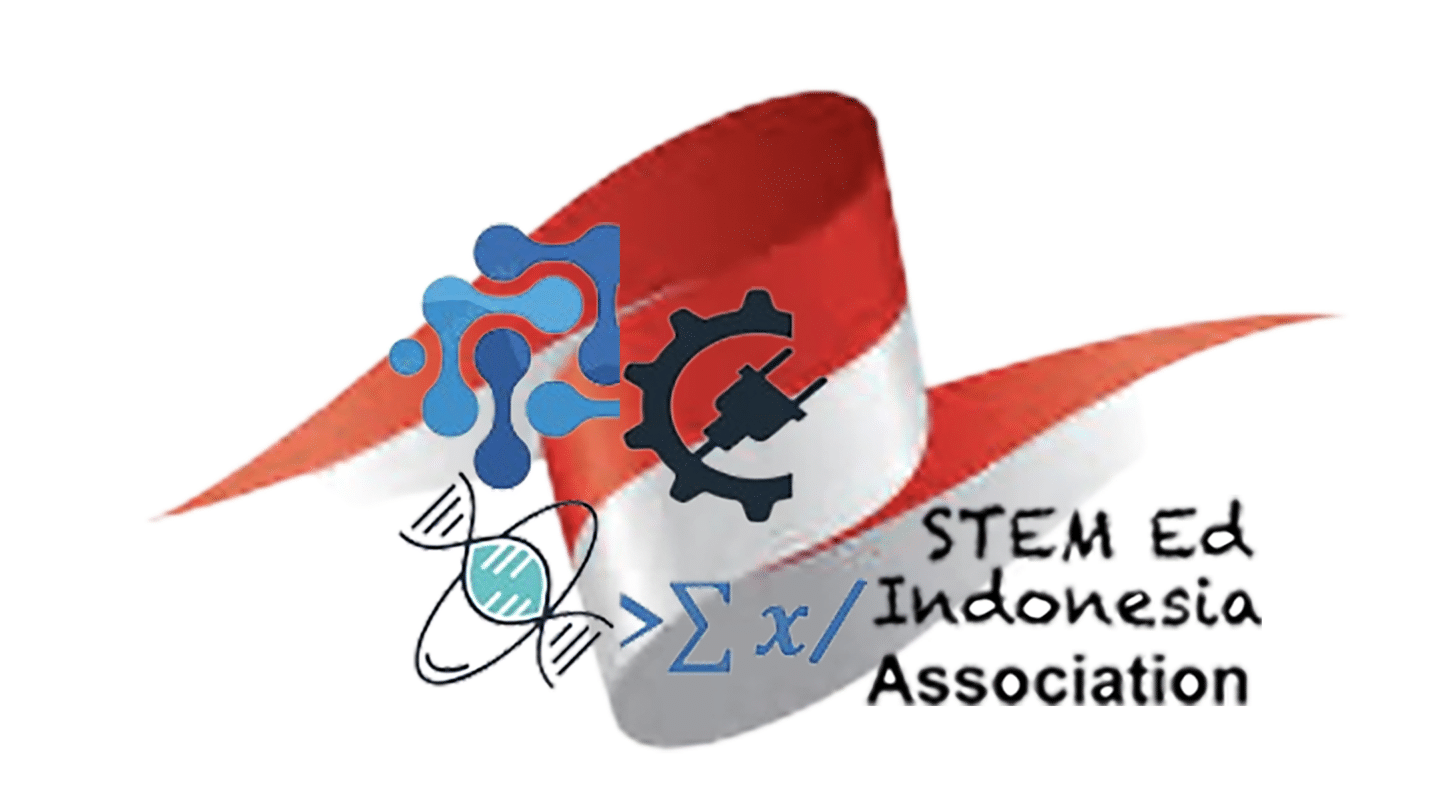The Effect of Augmented Reality on Students' Motivation and Spatial Ability: A Literature Review from 2016-2020
DOI:
https://doi.org/10.70290/jeti.v1i1.7Keywords:
Augmented Reality, Motivation, Spatial AbilityAbstract
Student motivation in learning is one of the most important things during the learning process, lack of motivation makes students lazy and unmotivated during the learning process. On the other hand, with increased motivation, students will hone their ability to understand, remember and communicate the subject matter they get during the learning process or what is called spatial ability. The application of Augmented Reality in the learning process is expected to build students' motivation and spatial abilities. The development of technology is expected to make the learning process more interactive and communicative. In this literature review analysis, we will discuss the contribution of Augmented Reality to increasing students' motivation and spatial abilities during the learning process. twenty articles downloaded from springer database from 2016-2020. based on this literature review, the application of Augmented Reality to strengthen students' motivation and spatial abilities during the learning proces
s
References
Abas, H., & Badioze Zaman, H. (2011, November). Visual learning through augmented reality storybook for remedial student. In International Visual Informatics Conference (pp. 157-167). Springer, Berlin, Heidelberg.
Bacca, J., Baldiris, S., & Fabregat, R. (2018). Insights into the factors influencing student motivation in augmented reality learning experiences in vocational education and training. Frontiers in psychology, 1486.
Chang, H. Y., Hsu, Y. S., & Wu, H. K. (2016). A comparison study of augmented reality versus interactive simulation technology to support student learning of a socio-scientific issue. Interactive learning environments, 24(6), 1148-1161.
da Silva, M. M., Teixeira, J. M. X., Cavalcante, P. S., & Teichrieb, V. (2019). Perspectives on how to evaluate augmented reality technology tools for education: a systematic review. Journal of the Brazilian Computer Society, 25(1), 1-18.
Drljević, N., Botički, I., & Wong, L. H. (2022). Investigating the different facets of student engagement during augmented reality use in primary school. British Journal of Educational Technology.
Danişman, Ş., & Erginer, E. (2017). The predictive power of fifth graders’ learning styles on their mathematical reasoning and spatial ability. Cogent Education, 4(1), 1266830.
Frydenberg, M., & Andone, D. (2018). Enhancing and transforming global learning communities with augmented reality. Journal of Information Systems Education, 29(1), 37.
Garzón, J., Baldiris, S., Gutiérrez, J., & Pavón, J. (2020). How do pedagogical approaches affect the impact of augmented reality on education? A meta-analysis and research synthesis. Educational Research Review, 31, 100334.
Georgiou, Y., & Kyza, E. A. (2018). Relations between student motivation, immersion and learning outcomes in location-based augmented reality settings. Computers in Human Behavior, 89, 173-181.
Guntur, M. I. S., Setyaningrum, W., Retnawati, H., & Marsigit, M. (2020, January). Assessing the potential of augmented reality in education. In Proceedings of the 2020 11th International Conference on E-Education, E-Business, E-Management, and E-Learning (pp. 93-97).
Irwanto, I., Dianawati, R., & Lukman, I. R. (2022). Trends of Augmented Reality Applications in Science Education: A Systematic Review from 2007 to 2022. International Journal of Emerging Technologies in Learning, 17(13).
Kim, J., & Irizarry, J. (2021). Evaluating the use of augmented reality technology to improve construction management student’s spatial skills. International Journal of Construction Education and Research, 17(2), 99-116.
Kim, M., & Bednarz, R. (2013). Development of critical spatial thinking through GIS learning. Journal of Geography in Higher Education, 37(3), 350-366.
Salem, S., Cooper, J., Schneider, J., Croft, H., & Munro, I. (2020). Student acceptance of using augmented reality applications for learning in pharmacy: A pilot study. Pharmacy, 8(3), 122.
Sarkar, P., Kadam, K., & Pillai, J. S. (2020). Learners' approaches, motivation and patterns of problem-solving on lines and angles in geometry using augmented reality. Smart Learning Environments, 7(1), 1-23.
Mumtaz, K., Iqbal, M. M., Khalid, S., Rafiq, T., Owais, S. M., & Al Achhab, M. (2017). An E-assessment framework for blended learning with augmented reality to enhance the student learning. Eurasia Journal of Mathematics, Science and Technology Education, 13(8), 4419-4436.
Musyaffi, A. M., Rosnidah, I., & Muna, A. (2021). Cloud-Based Learning Management: An Effective Learning during Social Distancing. Journal of Educational and Social Research, 11(5), 173-173.
Moro, C., Birt, J., Stromberga, Z., Phelps, C., Clark, J., Glasziou, P., & Scott, A. M. (2021). Virtual and augmented reality enhancements to medical and science student physiology and anatomy test performance: A systematic review and meta‐analysis. Anatomical sciences education, 14(3), 368-376.
Mundy, M. A., Hernandez, J., & Green, M. (2019). Perceptions of the effects of augmented reality in the classroom. Journal of Instructional Pedagogies, 22.
Phon, D. N. E., Ali, M. B., & Halim, N. D. A. (2015). Learning with augmented reality: Effects toward student with different spatial abilities. Advanced Science Letters, 21(7), 2200-2204.
Purnama, J., Andrew, D., & Galinium, M. (2014, August). Geometry learning tool for elementary school using augmented reality. In 2014 International conference on industrial automation, information and communications technology (pp. 145-148). IEEE.
Sontay, G., & Karamustafaoglu, O. (2021). Science Teaching with Augmented Reality Applications: Student Views about'Systems in Our Body'Unit. Malaysian Online Journal of Educational Technology, 9(3), 13-23.
Wong, C. H., Tsang, K. C., & Chiu, W. K. (2021). Using Augmented Reality as a Powerful and Innovative Technology to Increase Enthusiasm and Enhance Student Learning in Higher Education Chemistry Courses. Journal of Chemical Education, 98(11), 3476-3485.
Zahara, M., Abdurrahman, A., Herlina, K., Widyanti, R., & Agustiana, L. (2021, February). Teachers’ perceptions of 3D technology-integrated student worksheet on magnetic field material: A preliminary research on augmented reality in STEM learning. In Journal of Physics: Conference Series (Vol. 1796, No. 1, p. 012083). IOP Publishing.
Zhang, B. (2017). Design of mobile augmented reality game based on image recognition. EURASIP Journal on Image and Video Processing, 2017(1), 1-20.
Downloads
Published
How to Cite
Issue
Section
License
Copyright (c) 2022 International Journal of Educational Technology and Instruction (IJETI)

This work is licensed under a Creative Commons Attribution-NonCommercial 4.0 International License.




